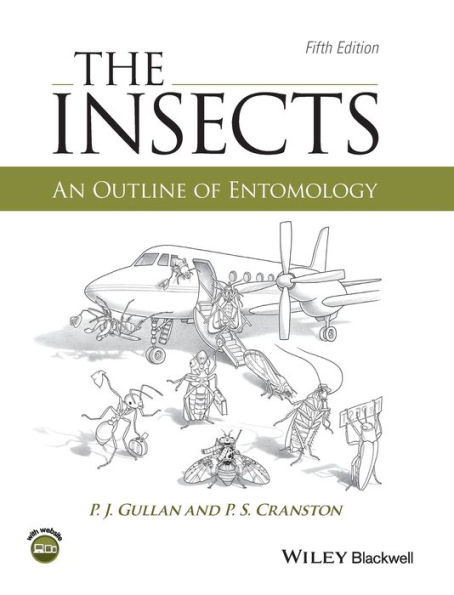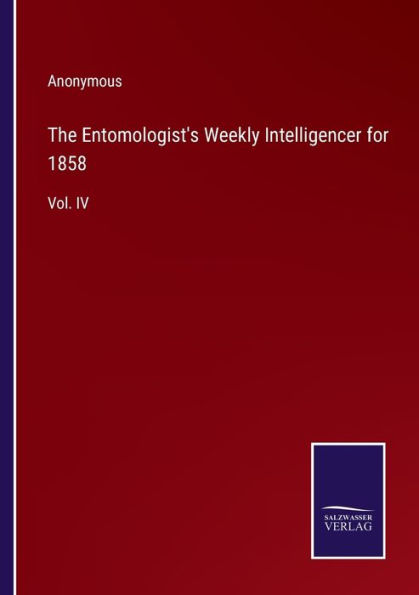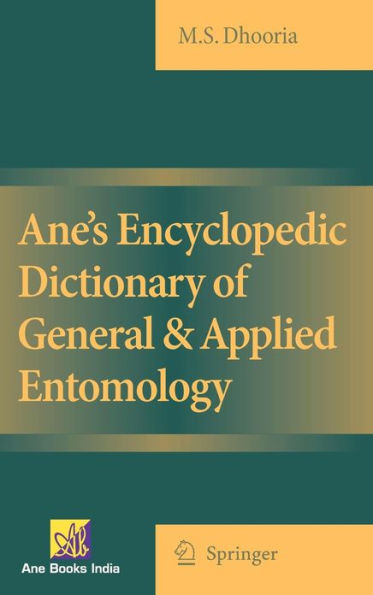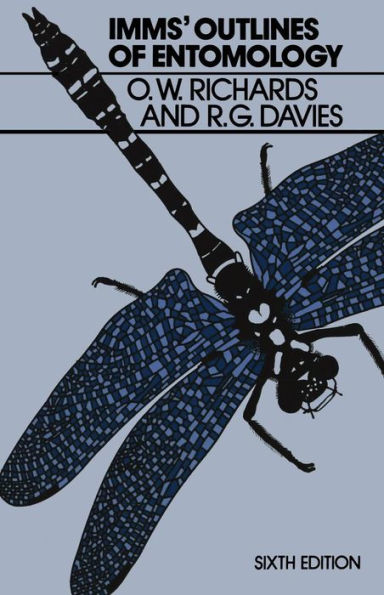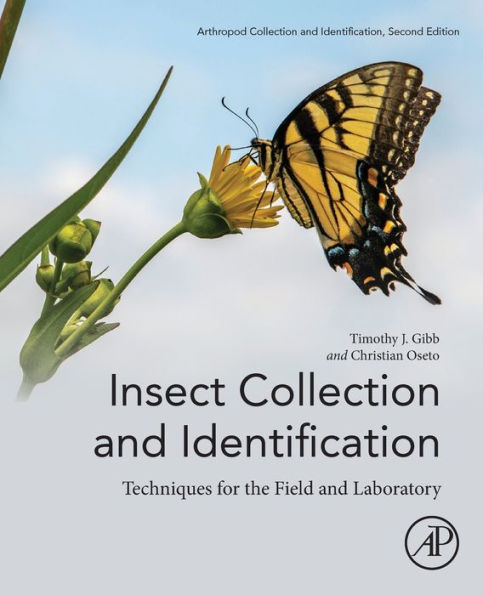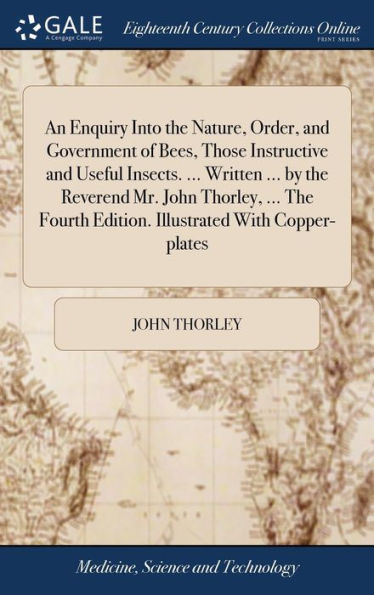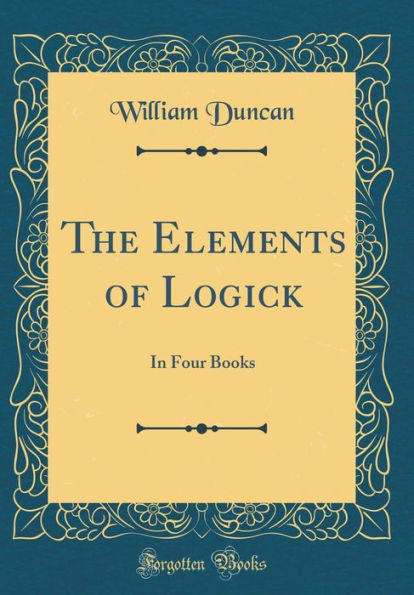Home
An Introduction to Entomology, Vol. 2 of 4: Or Elements of the Natural History of Insects (Classic Reprint)
Barnes and Noble
An Introduction to Entomology, Vol. 2 of 4: Or Elements of the Natural History of Insects (Classic Reprint)
Current price: $34.99


Barnes and Noble
An Introduction to Entomology, Vol. 2 of 4: Or Elements of the Natural History of Insects (Classic Reprint)
Current price: $34.99
Size: OS
Loading Inventory...
*Product information may vary - to confirm product availability, pricing, shipping and return information please contact Barnes and Noble
Excerpt from An Introduction to Entomology, Vol. 2 of 4: Or Elements of the Natural History of Insects
With respect to the duration of the societies of insects, some last only during their first or larva state; and are occasionally even restricted to its earliest period - some again only associate in their perfect or imago state; while with others, the proper societies for instance, the asso ciation is for life. But if I divide societies of insects into perfect and imperfect, it will, I think, enable me to give you a clearer and better view of the subject. By perfect societies I mean those that are associated in all their states, live in a common habitation, and unite their la bours to promote a common object - and by imperfect societies, those that are either associated during part of their existence only, or else do not dwell in a common habitation, nor unite their labours to promote a common object. In the present letter I shall confine myself to giving you some account of imperfect societies.
About the Publisher
Forgotten Books publishes hundreds of thousands of rare and classic books. Find more at www.forgottenbooks.com
This book is a reproduction of an important historical work. Forgotten Books uses state-of-the-art technology to digitally reconstruct the work, preserving the original format whilst repairing imperfections present in the aged copy. In rare cases, an imperfection in the original, such as a blemish or missing page, may be replicated in our edition. We do, however, repair the vast majority of imperfections successfully; any imperfections that remain are intentionally left to preserve the state of such historical works.
